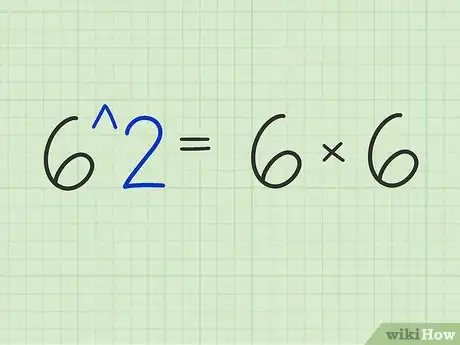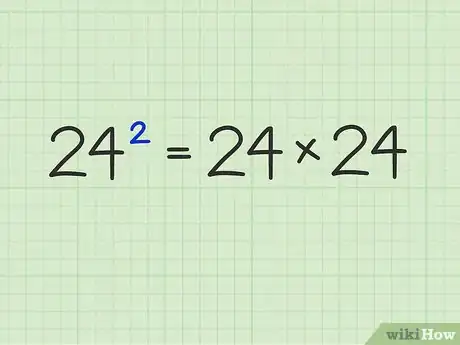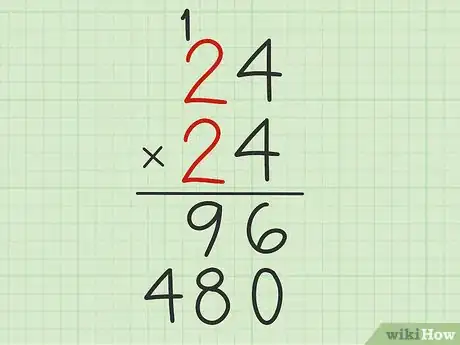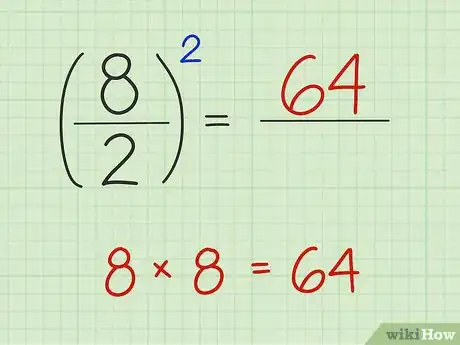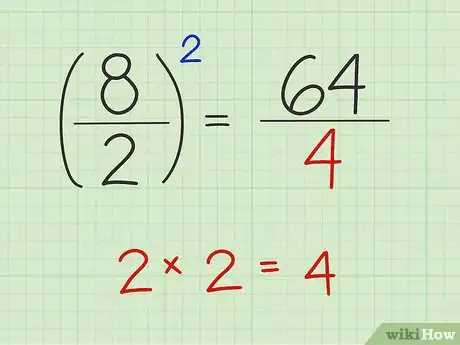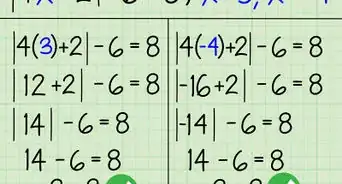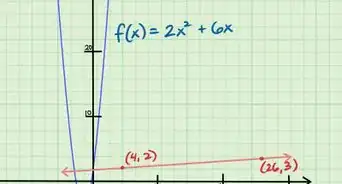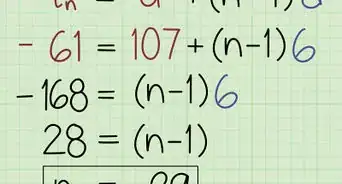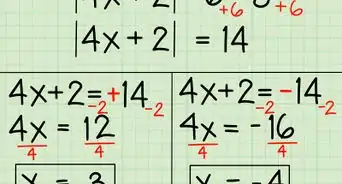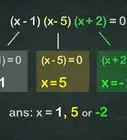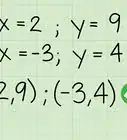This article was co-authored by David Jia and by wikiHow staff writer, Jessica Gibson. David Jia is an Academic Tutor and the Founder of LA Math Tutoring, a private tutoring company based in Los Angeles, California. With over 10 years of teaching experience, David works with students of all ages and grades in various subjects, as well as college admissions counseling and test preparation for the SAT, ACT, ISEE, and more. After attaining a perfect 800 math score and a 690 English score on the SAT, David was awarded the Dickinson Scholarship from the University of Miami, where he graduated with a Bachelor’s degree in Business Administration. Additionally, David has worked as an instructor for online videos for textbook companies such as Larson Texts, Big Ideas Learning, and Big Ideas Math.
There are 7 references cited in this article, which can be found at the bottom of the page.
This article has been viewed 114,864 times.
Need to find the square of a number? Finding a number's square is as simple as multiplying it by itself. To square fractions, find the squares of both the numerator and denominator. Then reduce or simplify the result. Keep reading for helpful tips and examples!
Steps
Squaring a Single Digit Number
-
1Learn how to do basic multiplication. When you square a number, you simply multiply the number by itself so it's important to know how to multiply. To make it easier to square commonly used single digits, try to memorize basic times tables.[1]
- For example, learn how to multiply single digit times tables.
-
2Multiply the single digit number by itself. Write down the number you want to square. Remember that when you're squaring a number, you multiply it by the same number, not 2.[2]
- For example, is not 5 x 2 = 10. Instead, it's 5 x 5 = 25.
Advertisement -
3Recognize other terms for squaring a number. If you read word problems asking you to square a number, keep in mind that they may also ask you to raise the number to the 2 power or factor. This is just another way of asking you to square the number.[3]
- You may also see a problem written as 6^2. This is another way of asking you to square 6.
-
4Distinguish between squaring and finding the square root. It's easy to get these terms mixed up, but remember that finding the square root of a number is the opposite of squaring a number. Finding the square root means that you're looking for the number that can be multiplied by itself to get the number in the square.[4]
- For example, means 9 x 9 = 81 while √9 = 3 because is equal to 9.
Squaring Larger Numbers
-
1Write the problem out. To find the square of a number with more than 1 digit, it will help if you rewrite the problem as a double digit multiplication problem. Start by writing the same number on top of itself.[5]
- For example, to do , write 24 x 24.
-
2Multiply the number on the bottom ones place by the 1 directly above it. Write a line below the numbers and place the result below the ones space.[6]
- For example, with 24 x 24, multiply the 4 by 4 to get 16. Write a 6 below the ones space and carry the 1 above the top tens number.
-
3Multiply the bottom ones place by the top tens number. Take the same number on the bottom and multiply it by the top tens number. Remember to add the number you carried and write the result below the line.[7]
- For example, with 24 x 24, multiply 4 by 2 and add the 1 you carried. The result below the line should be 96.
-
4Put a 0 under the result and multiply the bottom tens number by the top ones. The 0 will act as a placeholder. Write the result of multiplying the bottom tens number by the top ones number next to the 0.[8]
- For the 24 x 24 example, multiply 2 by 4. You should now see 80 below the 96.
-
5Multiply the bottom tens number by the top tens number. If you carried any numbers, remember to add them to your result. Write the result below the line.[9]
- To finish multiplying 24 by 24, multiply the 2 by 2 to get 4. The result on this line should be 480.
-
6Add the 2 results to get your answer. If you multiplied a number with 3 or more digits, you'll have more lines to add together. Write the answer from your results to show the square of the number.
- Add 96 + 480 to get the answer for 24 x 24. = 576.
Squaring Fractions
-
1Square the numerator. Multiply the top number of the fraction by itself to find its square. Write the result and place the fraction line below it.[10]
- For example, with (8/2)2, you'd multiply 8 by 8 to get a numerator of 64.
-
2Square the denominator. Multiply the bottom number of the fraction by itself. Write the result of this square below the fraction line.[11]
- So for (8/2)2, multiply 2 by 2 to get a denominator of 4.
-
3Simplify the result. While you could leave the fraction large or improper, most directions will tell you to simplify or reduce the result. If you have an improper fraction, turn it into a mixed number.[12]
- For example, (8/2)2 = (64/4) can be simplified to 16 because 4 goes into 64 16 times.
Community Q&A
-
QuestionHow do I calculate the square root?
 DonaganTop Answerer
DonaganTop Answerer -
Question√5 is the square of what number?
 DonaganTop Answerer√5 is the square of plus-or-minus the fourth root of 5.
DonaganTop Answerer√5 is the square of plus-or-minus the fourth root of 5.
References
- ↑ https://www.mathsisfun.com/tables.html
- ↑ https://www.mathsisfun.com/square-root.html
- ↑ https://support.microsoft.com/en-gb/office/square-a-number-9b8325a7-fe71-4ef9-8703-d9782a547dd6
- ↑ https://www.mathsisfun.com/square-root.html
- ↑ https://www.cuemath.com/algebra/squares-and-square-roots/
- ↑ https://www.mathsisfun.com/numbers/multiplication-long.html
- ↑ https://www.mathsisfun.com/numbers/multiplication-long.html
- ↑ https://www.mathsisfun.com/numbers/multiplication-long.html
- ↑ https://www.mathsisfun.com/numbers/multiplication-long.html
About This Article
To find the square of a number, multiply the number by itself. For example, if you're trying to find the square of 5, you would multiply 5 by 5 and get 25, which is the square. To learn how to square fractions, scroll down!



